1. Difficulty Feeling Their Ribs

One of the easiest ways to check if your pet is overweight is to feel their ribs. If you have to press hard to feel their ribs under a layer of fat, it’s a sign your pet might be carrying extra weight. A healthy pet should have a light layer of fat, with ribs that can be felt without too much pressure.
What to do: Gradually reduce portion sizes and offer low-calorie treats. Increase exercise with more playtime or walks.
2. Lack of a Defined Waist

When viewed from above, your pet should have a visible waistline that tucks in behind the ribs. If your pet looks more like a sausage with no waist definition, it’s likely they’re overweight.
What to do: Switch to a high-quality, portion-controlled diet and ensure they’re getting daily exercise that suits their breed and age.
3. Tiring Easily
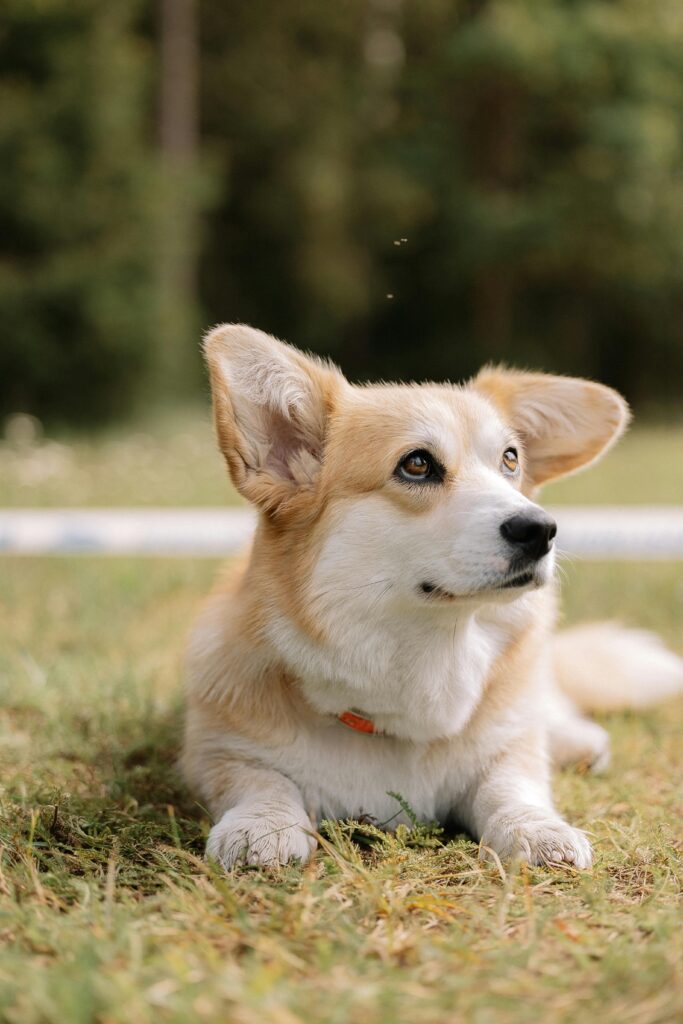
Does your pet seem to get winded after just a short walk or play session? If they’re struggling to keep up with their usual activity levels, it could be due to excess weight putting strain on their heart and lungs.
What to do: Gradually increase their activity level and monitor their energy to prevent overexertion. A slow buildup of activity will improve stamina over time.
4. Difficulty Grooming Themselves

Cats and dogs that are overweight may struggle to groom themselves properly, especially in hard-to-reach areas like their back or hindquarters. If you notice your pet isn’t as clean as usual, it could be due to extra weight limiting their movement.
What to do: Help them with regular brushing and cleaning while you work on their weight management through a vet-recommended diet and exercise plan.
5. Joint Pain or Stiffness

Carrying extra pounds can put a lot of strain on your pet’s joints, leading to discomfort, stiffness, or even early arthritis. If your pet seems slower getting up, has trouble jumping, or appears stiff after resting, they may be overweight.
What to do: Consider adding joint supplements like glucosamine and chondroitin while working on weight reduction through controlled diet and moderate exercise.
6. Reluctance to Move or Play
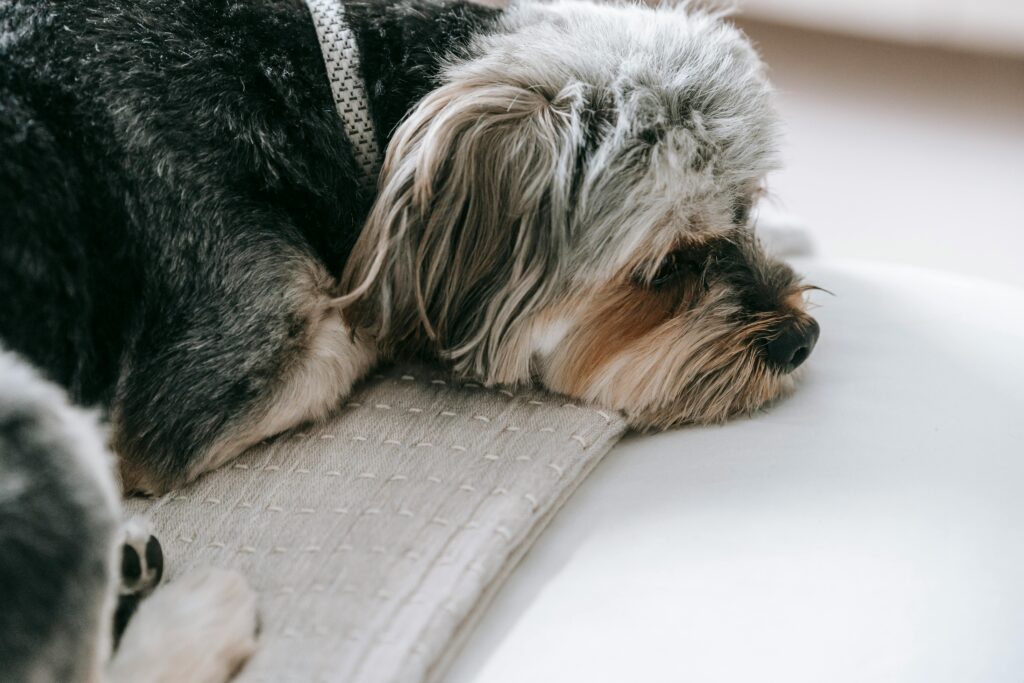
If your once-active pet is suddenly reluctant to play, jump, or run, it could be because their extra weight makes it more uncomfortable to be active. Overweight pets often avoid movement because it’s tiring or painful.
What to do: Start slow with low-impact activities, like walking or swimming, to get them moving again. Gradually increase the intensity as their fitness improves.
7. Panting More Frequently

If your dog or cat seems to pant more than usual, especially during mild activity or even at rest, it could be due to carrying extra weight. Overweight pets often have to work harder to regulate their body temperature, leading to increased panting.
What to do: Provide a cool environment and ensure they have plenty of water. Introduce short, gentle exercise sessions to help them shed the excess weight.
8. Visible Fat Deposits
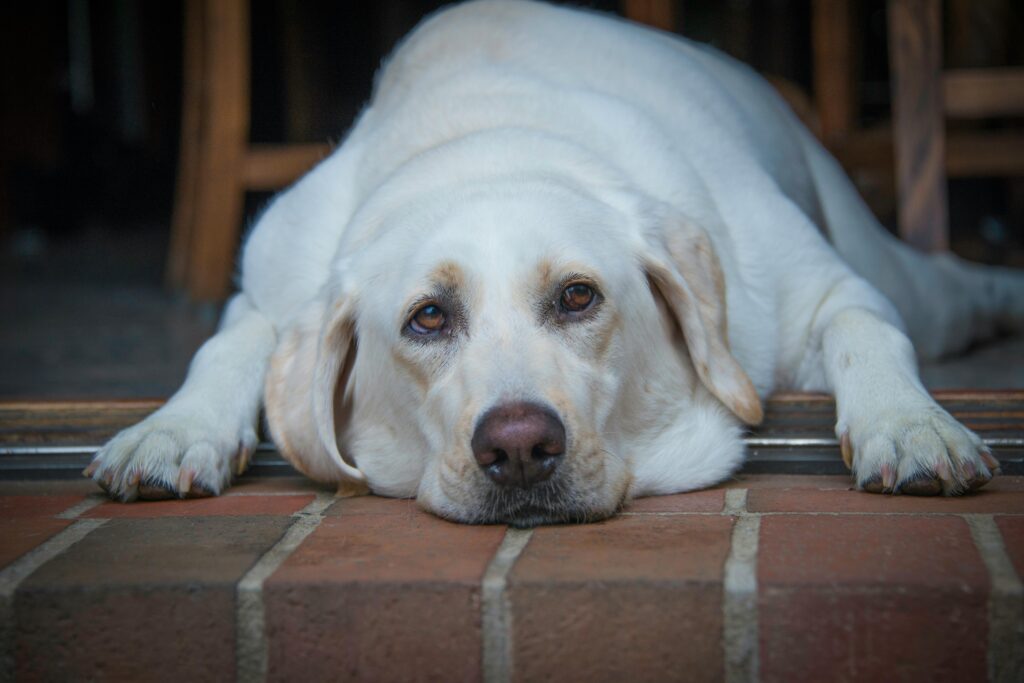
Some pets develop visible fat deposits, especially around the base of their tail, lower back, or neck area. These fat pockets are a clear sign that your pet is carrying too much weight.
What to do: Consult your vet for a tailored weight management plan. Switching to a lower-calorie, high-fiber food can help reduce fat deposits over time.
9. Trouble Climbing Stairs or Jumping
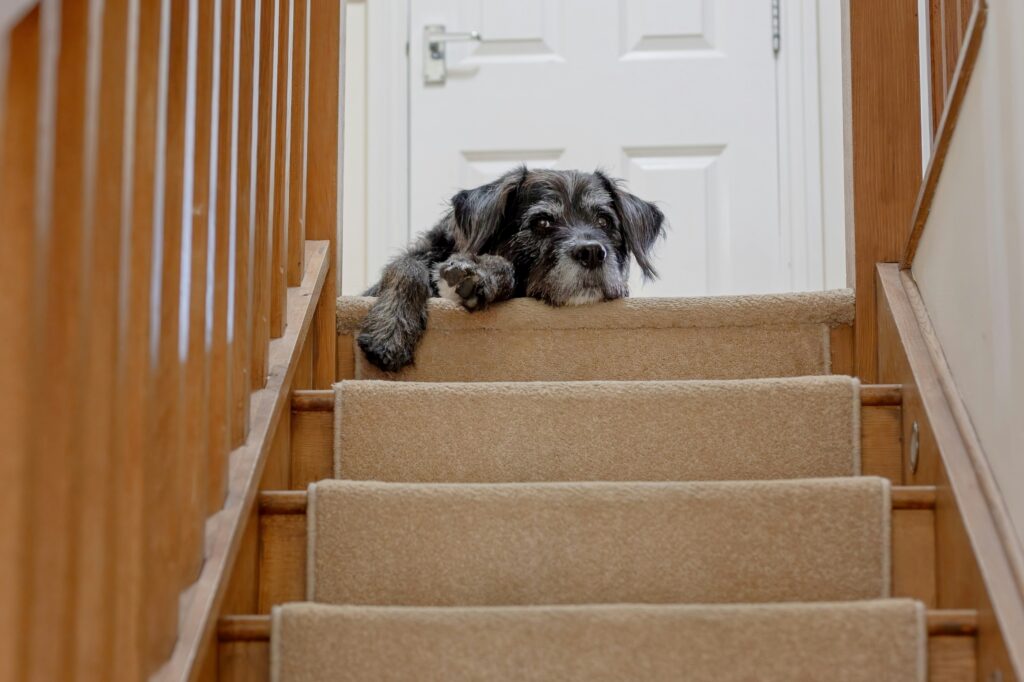
If your pet struggles with activities they used to handle with ease, like climbing stairs or jumping onto furniture, their weight could be the culprit. Extra pounds can make these tasks more difficult and painful.
What to do: Slowly increase exercise that strengthens their muscles, like walking up small inclines or climbing a few steps at a time. Focus on consistency over intensity.
10. Decreased Mobility

If your pet is moving slower than usual or seems stiff, particularly after lying down, it might be a sign of weight-related discomfort. Overweight pets often experience a decrease in mobility due to the added stress on their joints.
What to do: Help them stay active with light exercises, such as gentle walks, and consider working with your vet to plan a mobility-friendly diet to shed some pounds.
11. Frequent Lethargy
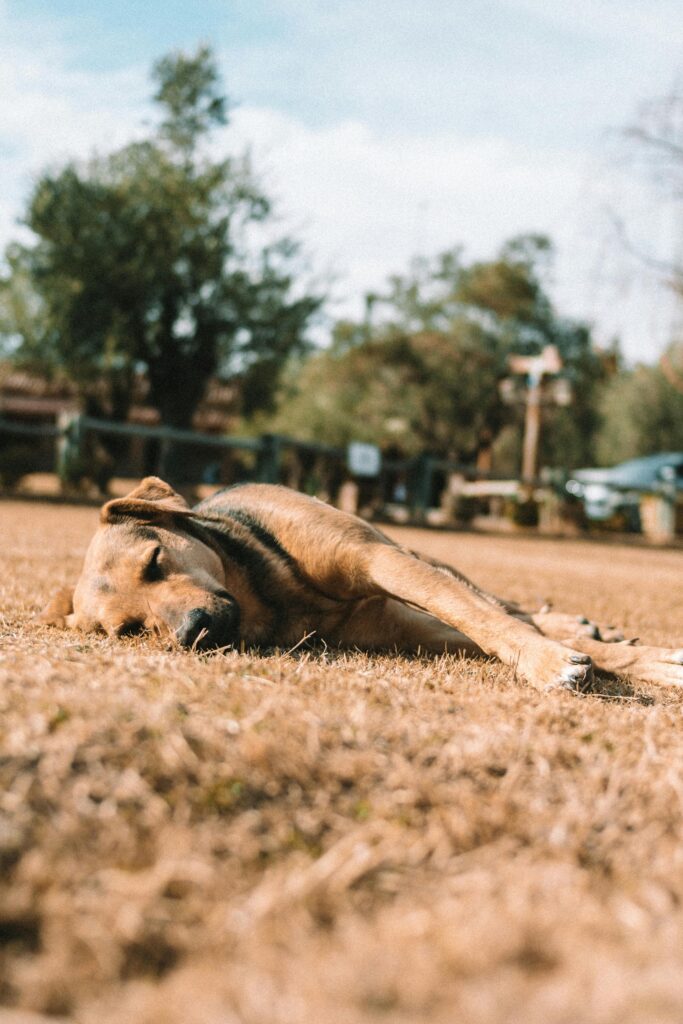
An overweight pet may seem less interested in everyday activities, spending more time sleeping or lying around than they used to. This could be due to the extra effort needed to move, making them more prone to fatigue.
What to do: Encourage short bursts of play throughout the day to keep their energy levels up, and focus on weight management through a balanced diet.
12. Round or Distended Abdomen
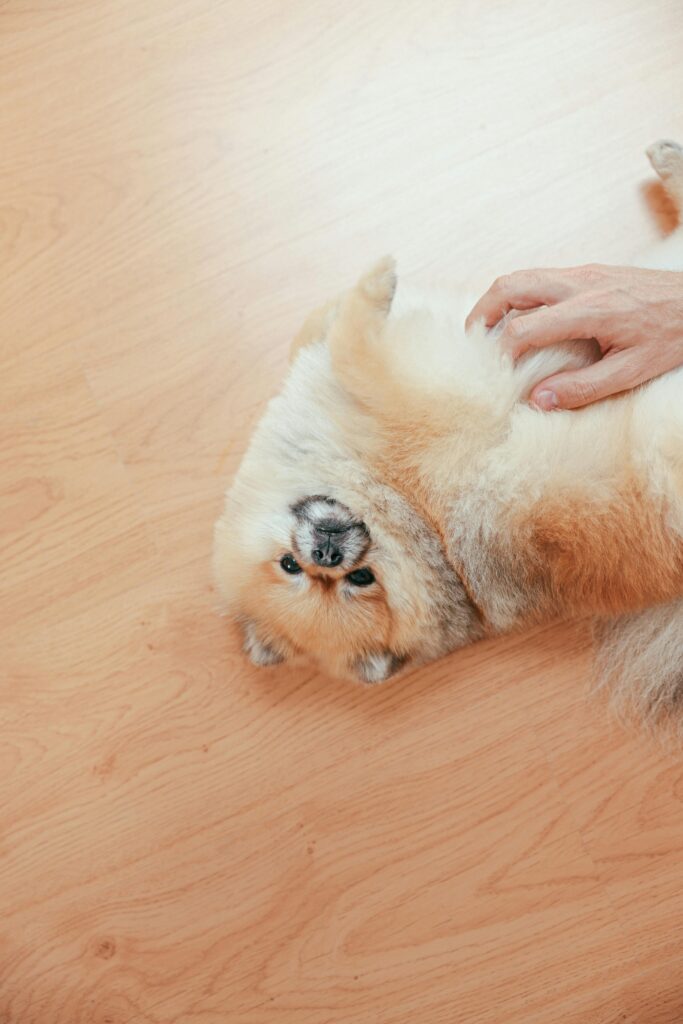
A healthy pet should have a natural, tucked-up abdomen. If your pet’s belly is round or distended, it could be a sign that they’re overweight, especially if this change has occurred gradually.
What to do: Consult your vet to rule out any medical conditions that could cause a distended belly, then focus on reducing calorie intake and increasing activity.
13. Persistent Hunger or Begging
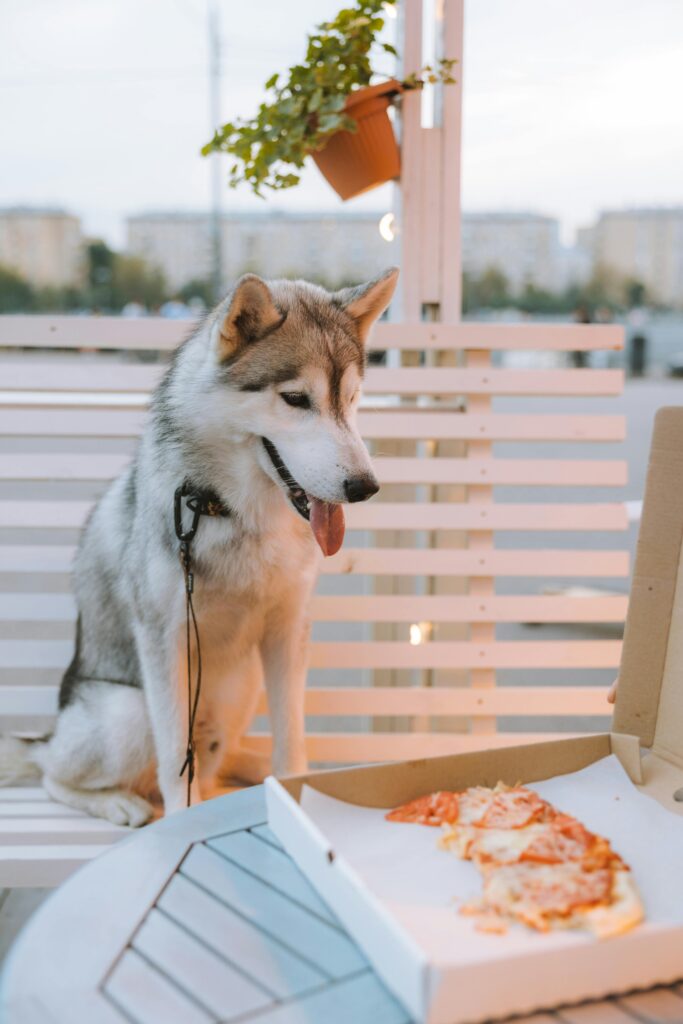
If your pet constantly seems hungry or is begging for food more than usual, it could be due to the wrong diet. Foods high in carbohydrates and fats may leave them feeling unsatisfied, leading to overeating.
What to do: Opt for a high-protein, high-fiber diet that helps your pet feel full longer, reducing their desire to beg for extra snacks.
14. Obvious Weight Gain
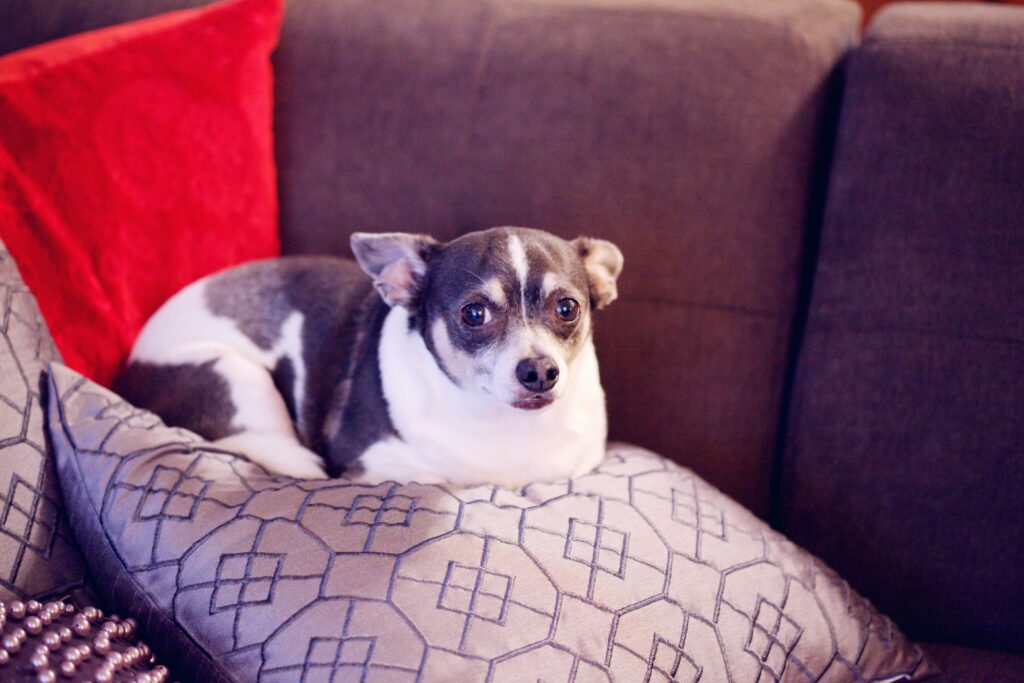
One of the more noticeable signs is obvious weight gain. If you can see that your pet is heavier than before, or if their collar or harness seems tighter, it’s time to reassess their diet and exercise routine.
What to do: Measure your pet’s food portions and avoid free-feeding. Implement a regular feeding schedule to prevent overeating, and consult your vet for an ideal weight goal.
15. Reduced Interest in Toys

If your pet has stopped playing with their favorite toys, it might not just be boredom. Carrying extra weight can make it harder for them to engage in physical play, even if they still mentally enjoy it.
What to do: Find toys that encourage slow, interactive play or puzzles that provide mental stimulation without requiring too much movement until their fitness improves.
16. Low Endurance During Walks
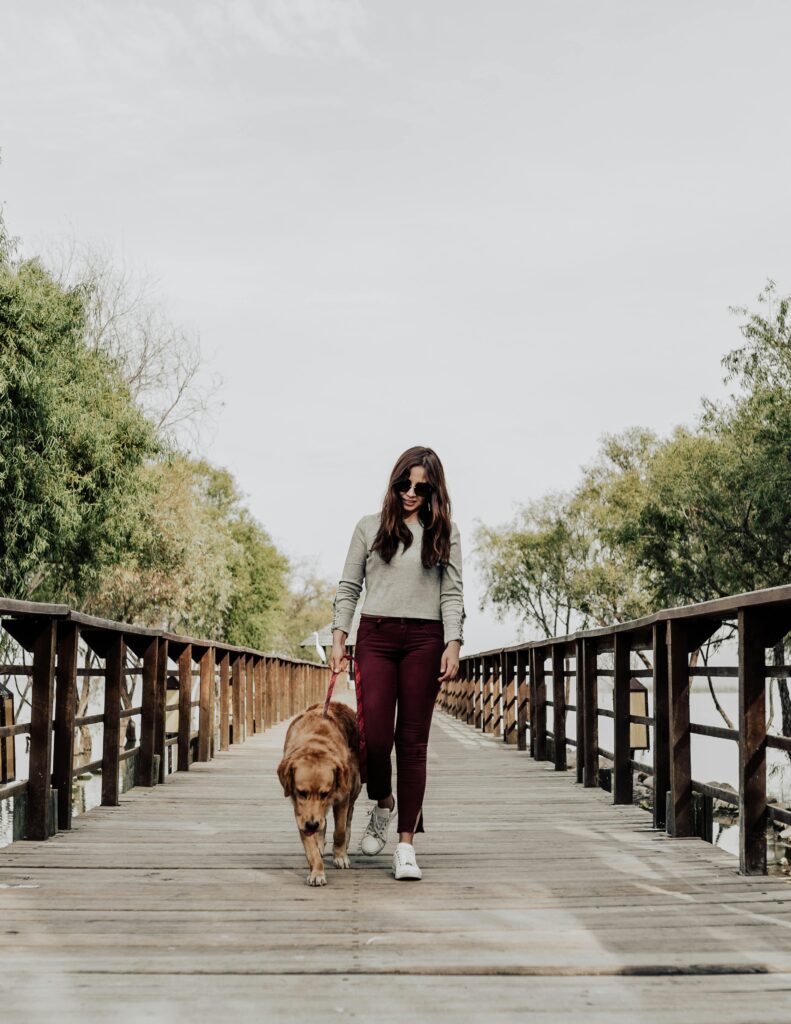
Does your pet lag behind or want to stop frequently during walks? Low endurance is a common sign of being overweight, as carrying extra weight makes it more difficult for them to keep up.
What to do: Start with short, frequent walks to build their endurance and slowly increase the length as their stamina improves. Be patient and avoid overexerting them too quickly.
17. Increased Snoring

Extra weight, especially around the neck and chest, can cause your pet to snore more frequently or louder than usual. This is because excess fat can restrict their airways, leading to noisy breathing.
What to do: Encourage a healthy weight loss plan through a balanced diet and daily exercise to reduce the snoring and help them breathe easier.
18. Difficulty Breathing or Shortness of Breath
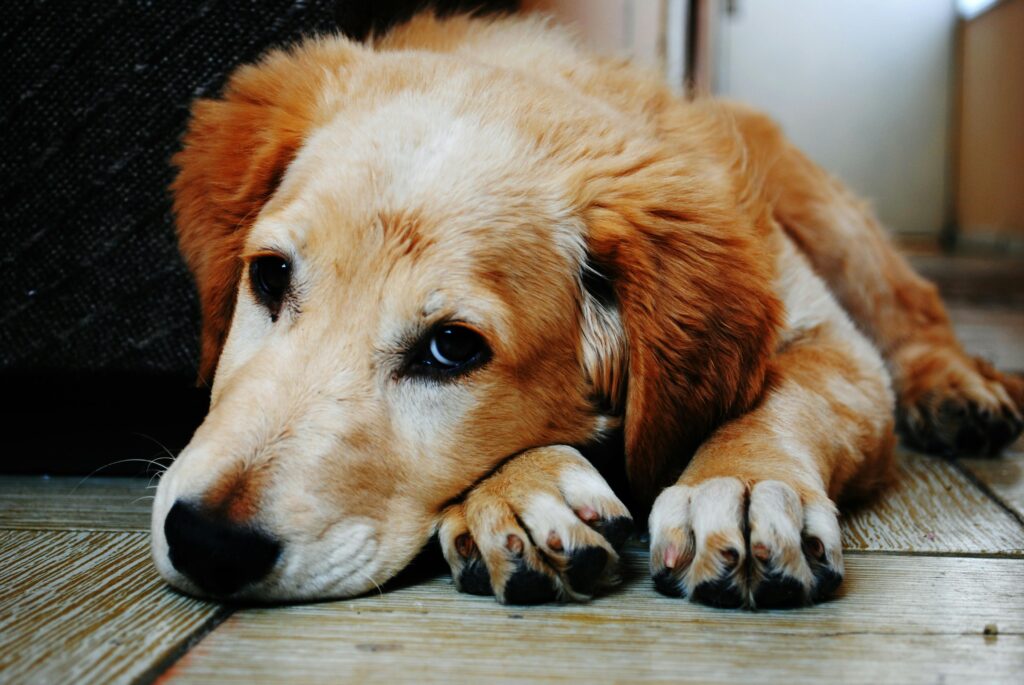
If your pet is experiencing shortness of breath during mild activity, it’s a sign that their weight may be affecting their respiratory health. Excess fat can press against the chest, making it harder for them to take full breaths.
What to do: Work closely with your vet to create a gradual weight loss plan and avoid high-intensity activities until their breathing improves.


